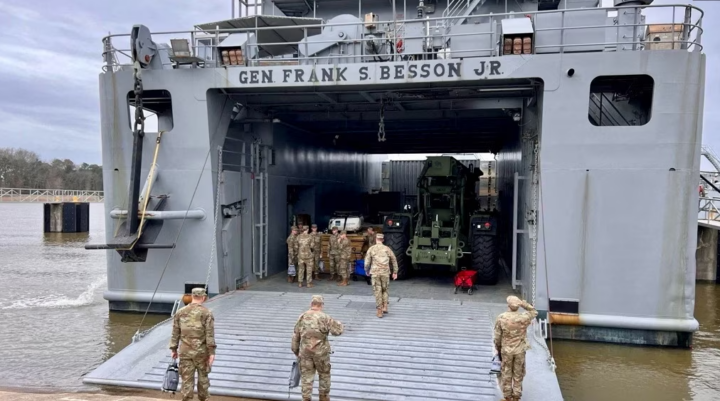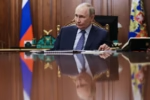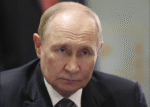A peace plan proposed by US President Donald Trump calls for establishing an international security force in the Gaza Strip. However, nations that could potentially contribute troops are hesitant due to the risks, the unclear mission, and the fear of being perceived as an occupying force, according to a report by The New York Times.
Key Concerns Delaying Deployment
The fragile ceasefire that began last week in Gaza relies on critical assumptions: that Hamas militants will surrender their weapons and that an international security force will maintain the peace as Israel withdraws its army.
Diplomats and officials familiar with the situation have revealed that little progress has been made in assembling the force. The major obstacles include:
- Unclear Mandate: Potential participating countries are privately demanding clarity on the force’s exact duties upon arrival in Gaza.
- Risk of Direct Conflict: Their primary concern is being expected to engage in fighting with heavily armed Hamas militants on behalf of Israel.
- Safety in Urban Centers: Some countries have indicated they do not want their troops stationed in Gaza’s city centers due to the threat posed by Hamas and its tunnel networks.
The recent outbreak of violence on Sunday, where a Palestinian militant attack killed two Israeli soldiers, highlighted these security concerns.
The Role of the International Force
The 20-point US peace plan outlines that the international force would secure areas from which Israeli troops have withdrawn, prevent the entry of ammunition into the territory, facilitate humanitarian aid distribution, and train a Palestinian police force.
Preliminary discussions for forming the force have reportedly involved personnel from countries including Indonesia, the United Arab Emirates, Egypt, and Italy. More recent talks have included Indonesia, Egypt, Turkey, and Azerbaijan. Mediators are eager to deploy the force quickly to stabilize the area before Hamas can consolidate power in the half of Gaza that Israel has already relinquished.







